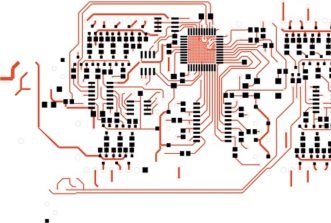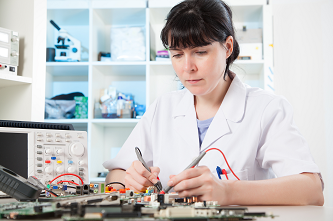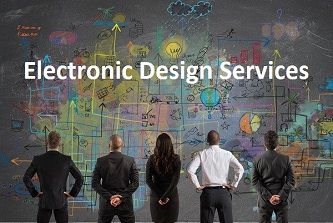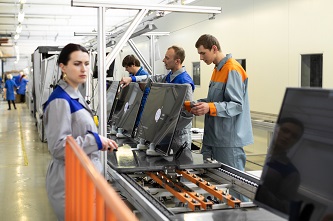This website uses cookies so that we can provide you with the best user experience possible. Cookie information is stored in your browser and performs functions such as recognising you when you return to our website and helping our team to understand which sections of the website you find most interesting and useful.
Best practice for automotive AI sensor setup
AImotive, based in Hungary, has developed comprehensive guidelines for sensor setup and data collection specifically tailored for automotive AI systems. The process of developing automotive AI for Advanced Driver Assistance Systems (ADAS) or automated driving hinges on the foundation of high-quality, precise, and well-documented data. This data serves as the backbone for neural network training, validation, and simulation testing, crucial components in the development lifecycle of AI systems for vehicles.
One of the most cost-intensive phases in the AI development lifecycle is data collection. This process necessitates the deployment of vehicles, sensors, drivers, custom software, and extensive engineering hours. A modular approach to automated driving, coupled with AI for tool development, and collaboration with onsemi teams for sensor fusion, are key strategies employed by AImotive to streamline the data collection process.
According to Zsófia Ülkei, sensor calibration team leader at AImotive, many development teams exhaust their budgets only to realize later that the collected data is unusable due to various reasons such as sensor misplacement, bad calibration, poor version control, or missing diagnostic metadata. This realization leads to a cascade of issues including slowed development, increased debugging challenges, and a breakdown in trust regarding the data collected.
As part of Stellantis, AImotive focuses on developing AI processor IP and simulation tools for automotive Original Equipment Manufacturers (OEMs) and Tier One suppliers. The company emphasizes the importance of creating a robust sensor setup by carefully considering key factors before initiating data collection. These factors include simulating the sensor layout, avoiding placement on moving parts, using rigid mounting structures, planning for future data needs, and validating sensor integration.
Simulation tools play a crucial role in virtually validating sensor setups to ensure coverage, optimize placement, and mitigate potential issues before real-world implementation. Calibration and synchronization are highlighted as critical aspects that can make or break the quality of the dataset. AImotive stresses the importance of defining calibration tolerances, continuously monitoring calibration health, versioning calibration changes, and selecting hardware-sync-capable sensors.
Smart recording software configuration is essential to complement a well-designed sensor setup. It is imperative to record raw data, log comprehensive information, control sensor parameters, and provide real-time feedback to drivers through a dashboard interface. This ensures that data collection is monitored effectively, and any anomalies can be addressed promptly to prevent data loss or corruption.














